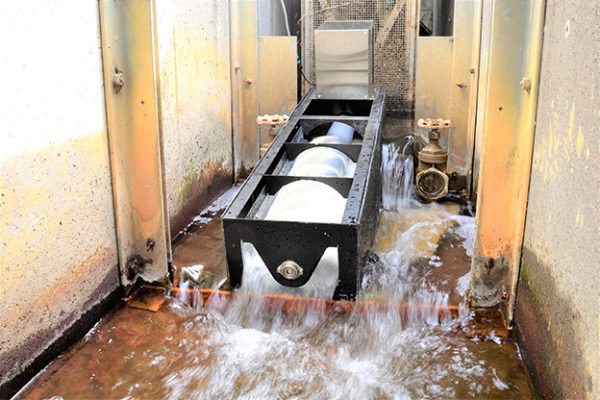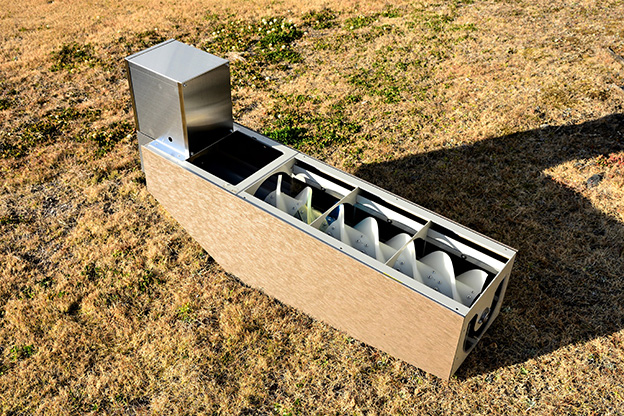- The 1kW pico-hydro generation system can be used with factory drainage systems and irrigation canals.
- According to the manufacturer, it is made with 3D-printed sustainable materials based on recycled plastics and is able to generate electricity even with a small stream of water.
- Solar and storage may be linked to the system to ensure stable power supply.
Japanese multinational imaging and electronics company has launched a 1kW pico-hydro generation system that can be used with factory drainage systems and irrigation canals. Pico-hydro systems are all hydropower systems with a capacity of less than 5kW and are commonly used as a cheap and easy-to-deploy source of power in the world’s most inaccessible places.
“The system can also be used in combination with photovoltaics and batteries to ensure stable power supply, ” a spokesperson from the company told pv magazine. “Depending on the amount of electricity generated, it can be used for IoT devices such as sensors, lighting devices, and charging systems.”
Called 3D-Pico Hydro Generator System, the new product will be initially sold in the Japanese market. “Service validation will begin in Japan, and the system will gradually be offered globally to markets where it is needed,” the spokesperson further explained.

The system was tested at Ricoh’s Numazu Plant. Image credit: Ricoh
It was tested at the company’s Numazu Plant. “In our demonstration experiment using factory wastewater from the Ricoh Numazu Plant, we confirmed the possibility of lighting a lamp and using it as a power source for a security camera for nine months,” the company said. “We are also considering using it as a power source for disaster prevention in combination with battery storage.”
“Ricoh is also planning to improve the system so that it can also be used in microgrids,” the company’s spokesperson concluded.
During the past decades, Pico-hydropower systems have been used with success in countries such as Nepal, Vietnam, Laos and Peru, as a way to provide electricity to rural locations.
Author: Emiliano Bellini
This article was originally published in pv magazine and is republished with permission.















